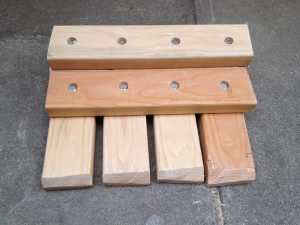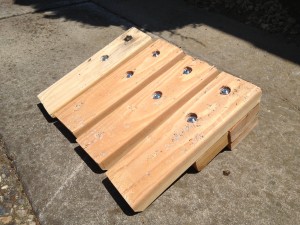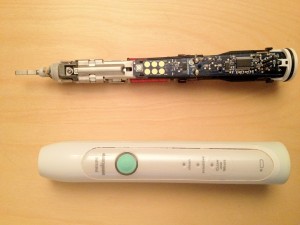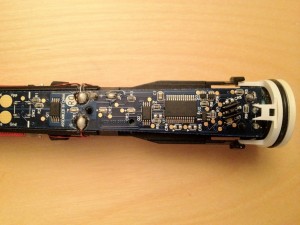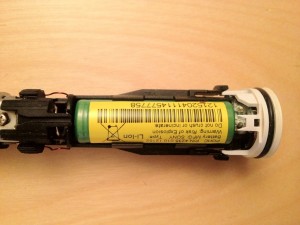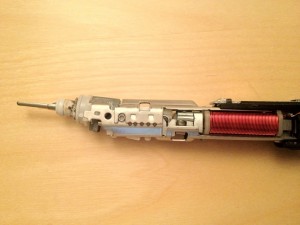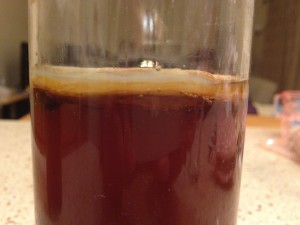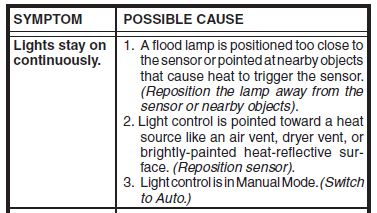Yesterday, I had learned a few lessons about plumbing, specifically drain rooting and paid dearly for it. And I also learned that rooters’ experience vary widely.
The night before yesterday I got a call from one of the apartment tenant that the kitchen sink was backed up with sewer water. So I went to check it out. As I entered the unit, they told me the problem went away and apologized for the trouble. What a nice surprise! Life couldn’t be better when the tenant apologized for a problem that they no longer had. As I walked out, the tenant of the adjacent neighboring unit asked me to come check their plumbing as they were having some trouble with the sewer problem. As it turned out, they were having the same problem, except the sewer water spilled into the dish washer and the kitchen floor was flooded with the sewer water from the leaking dishwasher, which didn’t have the air gap – another pitfall for not having one. The sewer flooded the dish washer and spilled to the kitchen. The good news was that the problem had gone away. I scratched my head and thank my good fortune.
So I drove home, the last tenant called my cellphone as I was able to reach home that the problem has come back: sewer water. I told her that I will check back tomorrow morning hoping the problem would disappear by tomorrow.
The next morning, I called and found that problem didn’t go away after all. So I packed up my snake machine, tool box and headed there.
Unfortunately, both units were now backed up with the same problem. I suspected both kitchen sinks were connected to the same line. I scooped up the black, smelly water, opened up the P-trap, and started snaking down the pipe. Didn’t budge. Fortunately, the adjacent toilets drained OK, allowing me to dump the dirty water into the toilet. Tried a couple more times. No change. So I snaked from the other unit – more than 4 times – no change, but now I discovered that the dirty water came out when water ran in the bathroom sinks. Not good. The problem was big. It’s not just the kitchen sinks. More could be involved. Later, I found that Unit#3 in the back has its sewer connects to the same line.
I decided to call the professional. The first professional (yes, there were more) rooter came in with his professional Golitz 380 machine and kept the snake/cable turned and turned. He did it more than 6 times with some false successes in the middle for more than 2 hours. I was getting anxious as it was getting dark on Sunday and the Giants’ World Series game was about to start in a couple of hours, meaning most of the rooter professionals would be glued to the TV’s without a care for a sewer-flooded apartment. This guy told me that to fix the problem, he would need to route a water jet machine from the vent on the roof of the 2-story building to force out the stubborn sludge, which he cited was the source of the problem. And he didn’t have the machine and their company machine was more than 50 miles away and wouldn’t be available until 3pm the next day. Not good! He bid farewell and wished me luck without charging me for the work. Now I was really worried. I called the big-name rooter company, who I used before and who charged me dearly for fixing that problem.
The guy showed up within two hours. He snaked with another bigger machine to no avail. I suggested that maybe we should look into the crawl space and see what’s going on down there. He agreed and as soon as he crawled in, he saw the problem. It’s the T-junction cast-iron drain pipe from hell. See below picture.
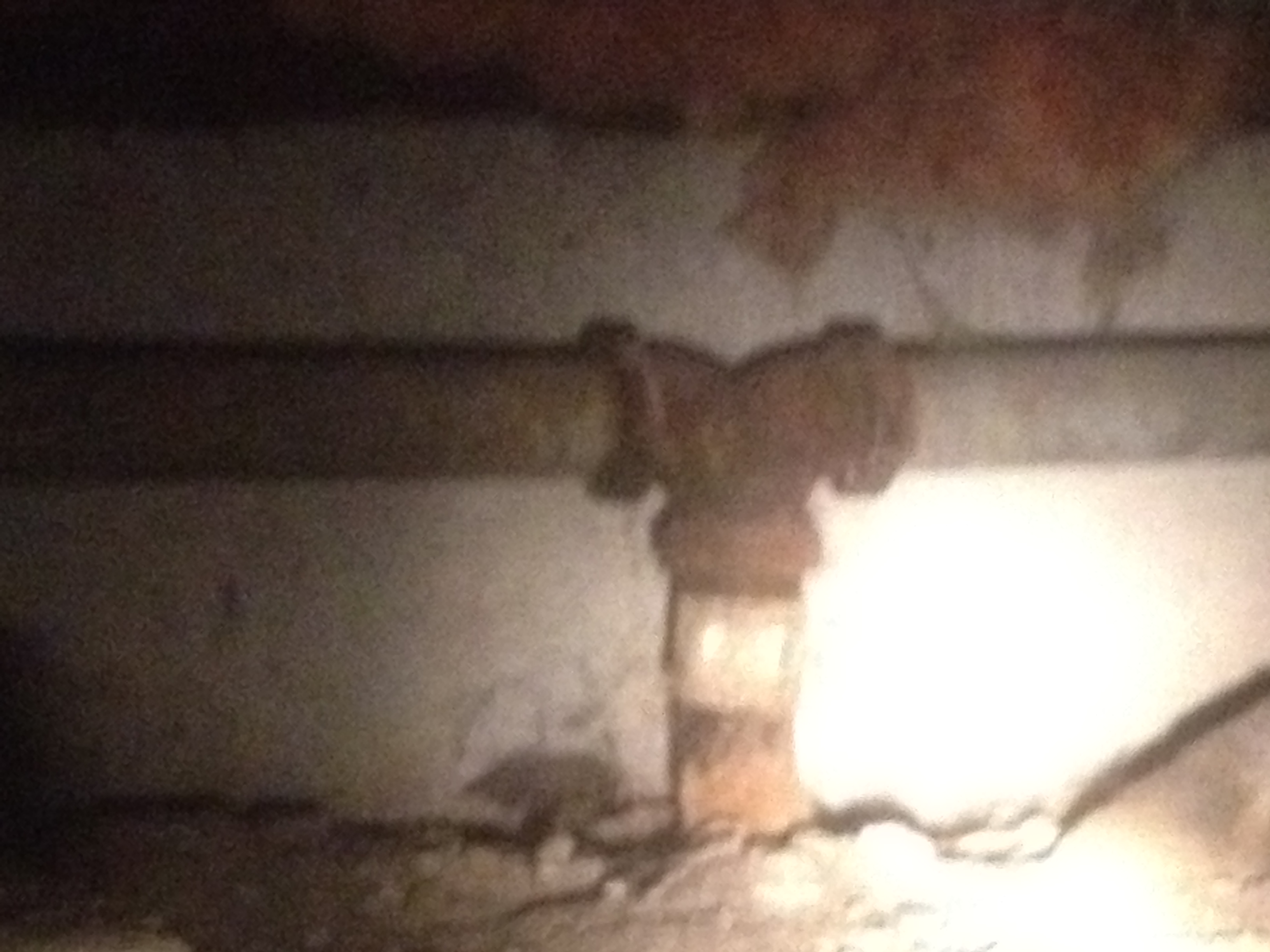
The snake/auger was passing by the mainline and going to the opposite side. It wasn’t driven into the center line, which was plugged up. It’s no wonder that I and the first guy snaked more than 10 times without getting to the root cause of the problem. He proposed that we cut open the T-junction and installed a ABS T-junction that would have a better curvature to allow the head of the snake to enter the main line in the future. And it would cost me about $1,000 instead of the $300 for the snaking. I gave him to go-ahead as I was getting tired and had no strength to argue or bargain. “Get the job done tonight!”, I told him.
It took him an hour to go out find the parts and another hour to fix the problem. He was able to snake after the T-junction was cut out, before assembling the new ABS T-junction (which I don’t believe can prevent snakes from passing through it acting like the old one but at least it could be easily disassembled to snake in as they were joined by rubber hose with clamps). The clog was only a few feet down the center line. He came out of the crawl space with drain water all over his back. He looked awful but he looked like a hero, a richly rewarded one, to me.
In retrospect, I suspect the snake could have reached the center line if there is a “heavy” accessory tied to the tip of the snake, allowing it to drop into center line. And we could have tried many times had we estimated the distance from the sink, which was only < 10'. It would have helped to have a drain pipe schematic diagram for the entire building. And a better ABS elbow below should be used. 
Instead, he installed this one, which in my opinion is a mistake, no different from the original one: 
I came home last night exhausted but the problem had been fixed and the SF Giants won the World Series. Sweet.


